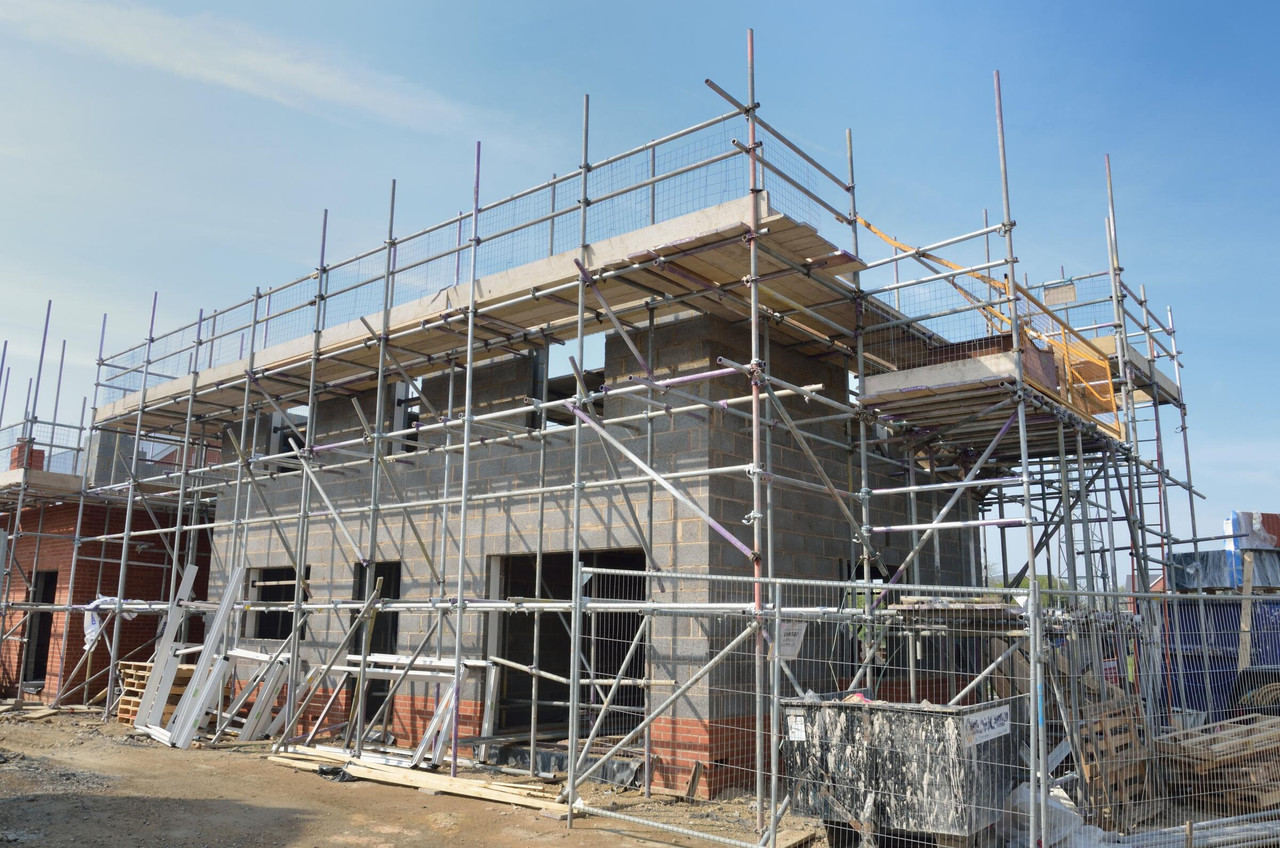Fibrolite and Thermalite blocks are both used in building, but they’re different. Fibrolite is made of sand, cement, and fibers like cellulose or asbestos, while Thermalite is made of airy concrete with materials like cement and aluminum powder. Thermalite blocks are better at keeping buildings warm because they trap air inside.
They’re also lighter and kinder to the environment. Fibrolite blocks might contain asbestos and have different fire resistance levels. Overall, Thermalite blocks are preferred for being lightweight, eco-friendly, and good at insulation. It’s important to know what materials are used before building with them.
Fibolite Blocks
Fibolite blocks, or Autoclaved Aerated Concrete (AAC) blocks, are crafted from a blend of fine aggregate materials such as sand, cement, lime, and water. What sets AAC blocks apart is their unique production method involving aeration. During manufacturing, a small quantity of aluminum powder or paste is added to the mixture.
This addition reacts with the other elements, producing hydrogen gas. This gas creates countless tiny air bubbles throughout the mixture, leading to its porous, aerated structure.
The mixture is then poured into molds where it undergoes a curing process within an autoclave, a pressurized chamber that allows for steam curing. The high-pressure steam causes the mix to expand, creating the characteristic cellular structure of Fibolite blocks.
This curing process imparts strength and durability to the blocks while maintaining their lightweight nature.
Advantages of Fibolite Blocks

Fibolite blocks’ cellular structure gives them a notably lower density compared to traditional concrete blocks. They are significantly lighter, enabling easier transportation, handling, and installation on construction sites. This attribute reduces labor requirements and speeds up construction processes, leading to cost savings.
Thermal Insulation
The inherent porosity of Fibolite blocks creates numerous air pockets within their structure. This cellular makeup grants them exceptional thermal insulation properties. These air gaps act as insulators, limiting heat transfer through the blocks.
Consequently, Fibolite blocks contribute to better energy efficiency in buildings, maintaining comfortable interior temperatures throughout various climates. This characteristic leads to reduced reliance on heating or cooling systems, resulting in energy cost savings.
Fire and Pest Resistance
Fibolite blocks are inherently fire-resistant due to their inorganic composition. They do not contain organic materials that can combust, making them a safer choice for construction.
Moreover, their resistance to pests like termites and other insects adds to their durability and longevity. This resistance ensures that structures built with Fibolite blocks are less prone to damage caused by pest infestations, thereby extending their lifespan.
Sound Insulation
The porous structure of Fibolite blocks doesn’t just aid in thermal insulation but also contributes to effective sound insulation. These blocks dampen sound transmission, reducing noise pollution and creating quieter indoor environments.
This characteristic is particularly advantageous in urban areas or buildings where noise control is essential, such as residential complexes or educational institutions.
Thermalite
Thermalite blocks are a type of lightweight aggregate block composed primarily of cement, pulverized fuel ash (PFA), and various additives. The manufacturing process involves blending cement, PFA, water, and additives to create a homogeneous mixture. This mixture is then poured into molds and cured under controlled conditions to create the final product.
Advantages of Thermalite Blocks
One of the standout features of Thermalite blocks is their exceptional thermal performance. The incorporation of PFA in the composition contributes to their high insulation capabilities. These blocks effectively regulate heat transfer, creating a thermally efficient building envelope.
As a result, structures constructed using Thermalite blocks maintain more stable indoor temperatures, reducing the reliance on heating and cooling systems. This attribute translates to lower energy consumption and reduced utility costs for building occupants.
Structural Integrity
Thermalite blocks are designed to offer robust structural strength, making them suitable for both load-bearing and non-load-bearing applications in various construction projects. Their consistent quality ensures reliability and stability, providing assurance in terms of structural integrity.
This characteristic makes Thermalite blocks a preferred choice for builders and architects aiming for durable and long-lasting constructions.
Lightweight and Easy to Use
Similar to Fibolite blocks, Thermalite blocks possess a lightweight nature. This attribute facilitates ease of handling, transportation, cutting, and installation on construction sites. The blocks’ lightweight nature contributes to faster construction processes, reducing labor requirements and overall project timelines.
Moreover, their ease of use allows for precise cutting and shaping, enabling customization to fit specific design requirements.
Choosing the Superior Construction Material
Selecting between Fibolite blocks and Thermalite depends on several factors, including project requirements, budget considerations, and performance expectations.
- Project Requirements: Assessing the specific needs of the project, such as thermal insulation, structural strength, and acoustic performance, will influence the choice between Fibolite and Thermalite blocks.
- Budget Considerations: Comparing the costs associated with both materials, including procurement, transportation, and installation, is crucial in decision-making.
- Performance Expectations: Understanding the desired performance standards and the local building codes and regulations will help in choosing the most suitable material.
Conclusion
In the debate between Fibolite blocks and Thermalite, there’s no clear winner as both materials have their strengths and applications. Builders and architects must assess their project needs, considering factors such as thermal insulation, structural requirements, cost-effectiveness, and ease of installation.
Ultimately, making an informed decision based on the unique demands of the construction project will lead to selecting the superior material for achieving optimal results in building efficiency, durability, and performance.











